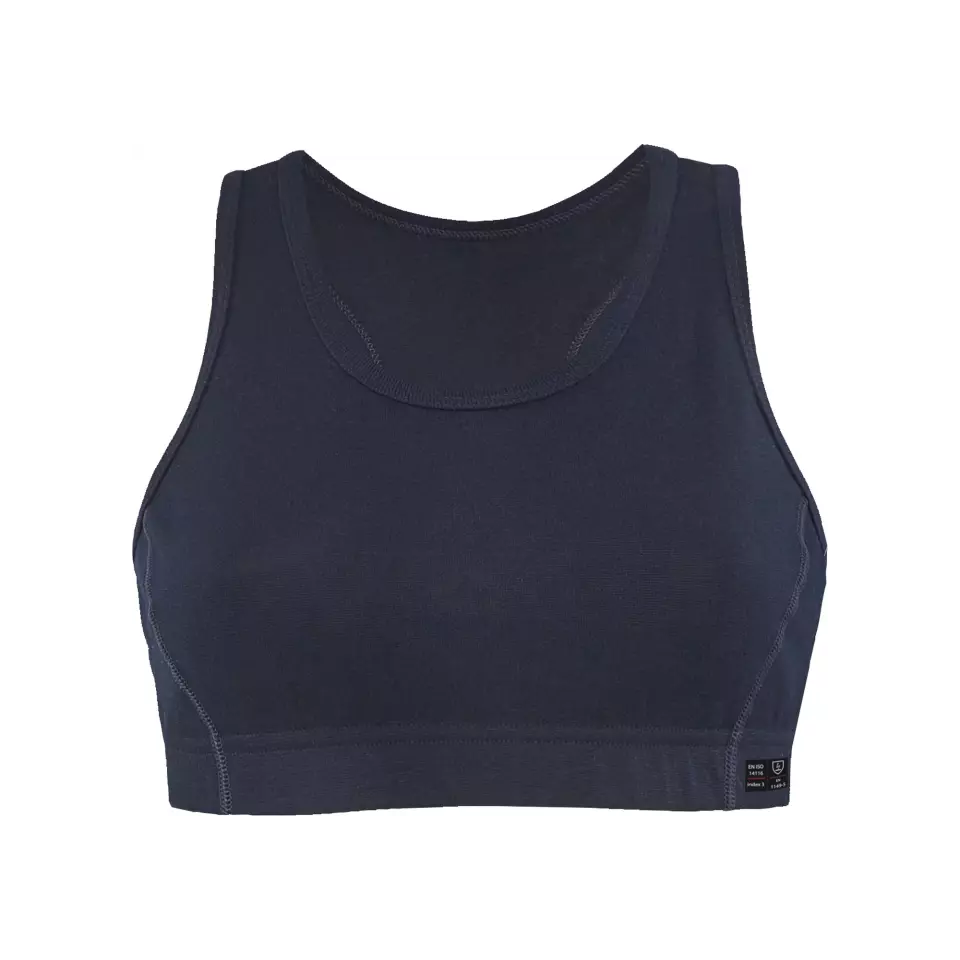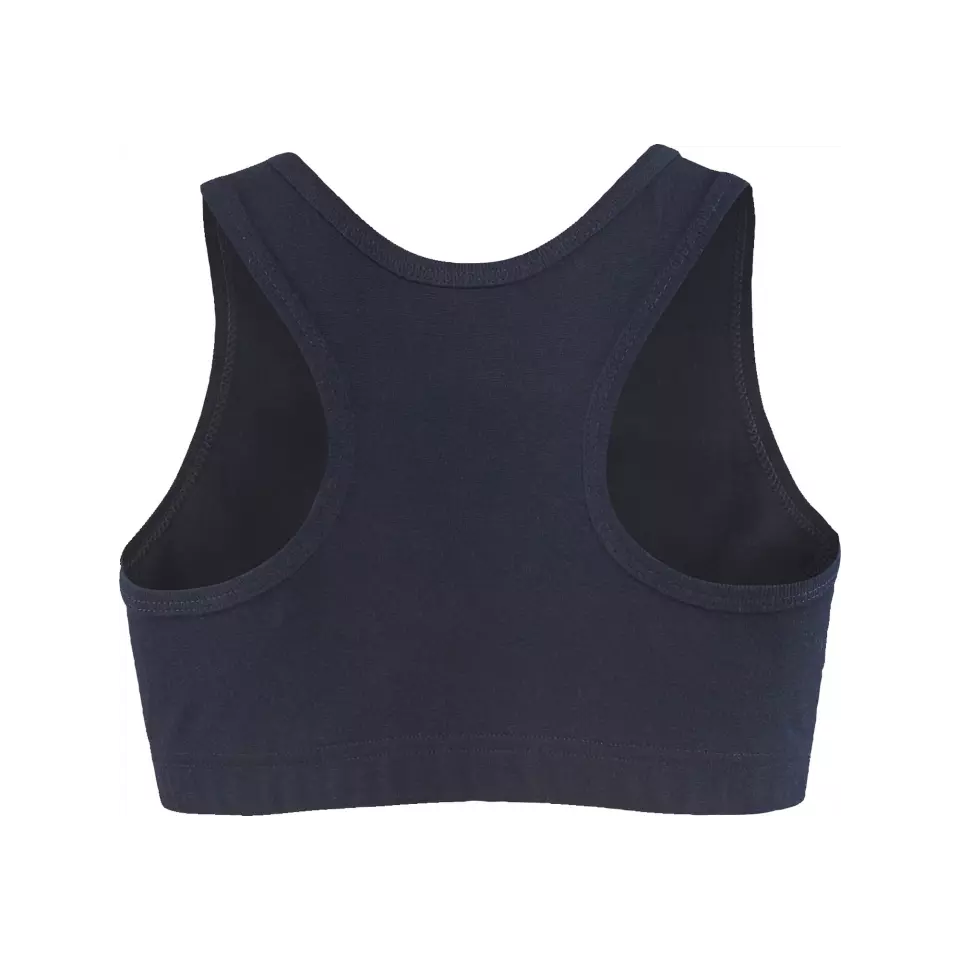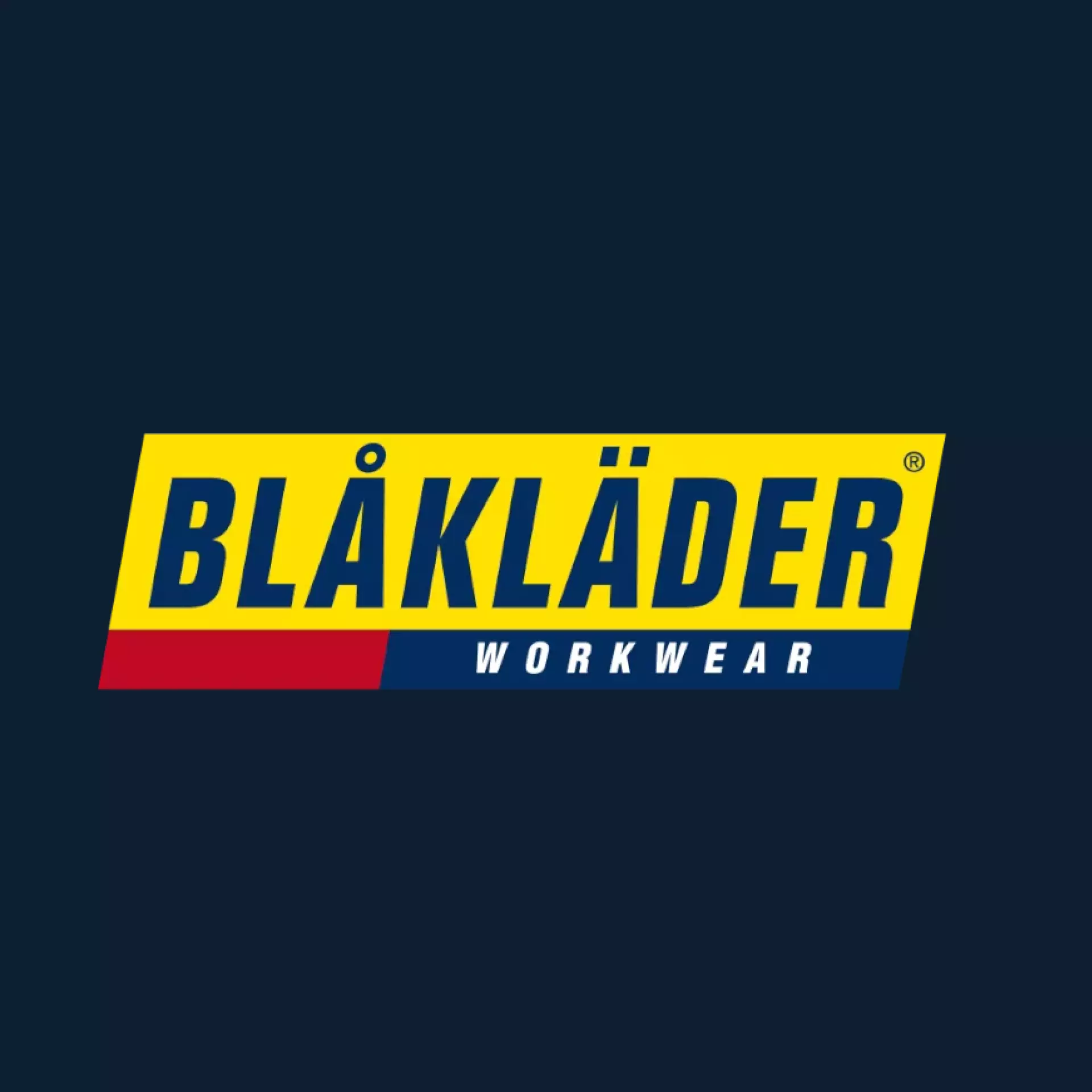Blåkläder Women's Flame Resistant Sports Bra, Navy Blue
Blåkläder
visit storeProduct description
This flame-retardant sports bra with double-layer fabric in the cups provides exceptional protection if high temperatures penetrate through outer clothing layers. The garment is certified according to EN ISO 14116 Index 3 and EN 1149-5 and features anti-static properties. The construction combines flame-retardant materials with an elastic band for optimal wearing comfort.
Product Features:
- Double-layer fabric in cups for enhanced protection
- Elastic band
- External certification labels
- Flame-retardant properties
- Anti-static 1x1 rib knit construction
Technical Details:
- Material composition: 57% Modacrylic, 37% Cotton, 5% Elastane, 1% Other fiber
- Weight: 360g/m²
- Flame-retardant
- Anti-static properties
Standards:
- EN ISO 14116, Index 3
- EN 1149-5
- Oeko-Tex Standard 100, SE 23-302, RISE
Determines the shirt's appearance and may affect visibility, professional compliance, and practicality in different work environments.
Indicates the intended wearer and corresponding fit specifications, affecting sizing, proportions, and cut for optimal comfort and appearance.
Determines how the shirt secures and adjusts around the waist, affecting fit, comfort, and ease of movement during work activities.
Measures fabric density in grams per square meter, affecting durability, protection, and comfort in different work environments.
- Machine Washable
- Heat & Flame Resistance
- Electrical Protection
Request a free sample
Test first and buy later. Visit any product page to request your free sample.
Standards and labels
Test results
Flame Spread Test Index 3EN ISO 14116:2015 is a European standard established to assess the flame spread characteristics of protective clothing materials, with the aim of ensuring the safety of individuals working in environments with potential fire hazards. Its purpose is to evaluate the flame retardant properties of protective clothing and mitigate the risk of burn injuries. A designation of Index 3 indicates a limited level of flame spread performance, suggesting that the material offers moderate protection against the spread of flames. This result implies that the material may resist ignition to a certain degree and exhibit slower flame propagation compared to materials with lower index values. The test method used to determine this result typically involves subjecting the material to a controlled flame exposure and assessing the extent and speed of flame spread. Practical implications of this result for the product category include indicating that the protective clothing may provide adequate protection in environments with moderate fire risk, but additional precautions or higher levels of flame-resistant clothing may be necessary in higher-risk scenarios to ensure optimal safety for workers.
EN 11612:2015 is a European standard that specifies the requirements for protective clothing against heat and flame. This standard defines performance requirements for material, design, and testing of clothing that protects the wearer from heat and flames. Testing includes measuring the clothing's resistance to heat and flame, as well as its ability to self-extinguish. Pass/fail results are based on the clothing meeting or not meeting the specified requirements.
EN 1149-5:2008 is a European standard that specifies the requirements for electrostatic dissipative (ESD) gloves. The standard defines performance requirements for material, design, and testing of ESD gloves. The gloves must be able to effectively discharge static electricity and protect the wearer from ESD. Testing includes measuring the surface resistance of the glove material. Pass/fail results are based on the gloves meeting or not meeting the specified requirements.
Test results
Material Performance TestedThe EN 1149-5:2008 standard specifies the performance requirements for material used in protective clothing designed to avoid incendiary discharges. The test result Tested means that the material has undergone relevant evaluation procedures to confirm its static dissipative properties. These tests generally involve measuring the electrical resistance of the material in ohms (Ω) to determine its capability to dissipate electrostatic charges and prevent sparking that could ignite flammable substances. The practical implications of this result for the respective product category (like protective workwear for use in explosive atmospheres) are significant, as it ensures that the clothing provides a level of protection against electrostatic discharges, potentially reducing the risk of fire or explosion in environments with flammable gases, vapors, or dusts.
EN 1149-3:2004 is a European standard that specifies the requirements for electrostatic dissipative (ESD) footwear. The standard defines performance requirements for material, design, and testing of ESD footwear. The footwear must be able to effectively discharge static electricity and protect the wearer from ESD. Testing includes measuring the surface resistance of the footwear material. Pass/fail results are based on the footwear meeting or not meeting the specified requirements.
Test results
Electrostatic Properties TestedThe EN 1149-3:2004 standard specifies the test method for assessing the electrostatic properties of materials, specifically their ability to dissipate an electrostatic charge. The crucial test result for the standard is that a material must have a half decay time of less than 4 seconds or a shielding factor greater than 0.2 to meet the criteria stipulated by EN1149-5. This is determined through a testing process where a specimen is subjected to an induction effect that charges the material. Its ability to dissipate this charge is then measured by recording the decrease in field charge observed by a probe positioned above the test surface. The practical implications of this result for materials, especially in safety and protective clothing, are significant as it ensures that the material can quickly neutralize electrostatic charges, reducing the risk of discharge sparks in environments where flammable or explosive gases may be present.
Oeko-Tex Standard 100 is a product certification program for textiles, which is awarded by the Oeko-Tex Association. This program verifies that the textile products are free from harmful chemicals. To be able to use the Oeko-Tex Standard 100 label, a product must meet certain requirements set by the Oeko-Tex Association which include limits on the levels of harmful substances such as pesticides, heavy metals, and formaldehyde. The textile products are inspected and certified by Oeko-Tex, they can use the Oeko-Tex Standard 100 label on their packaging to show that they are free from harmful chemicals. This certification is for all types of textiles, from raw materials to finished products, and it is globally recognized.
Blåkläder delivery terms
Free delivery when you order more than 150,00 € from Blåkläder
Supplier shipping fee 6,85 €
Brand minimum 0,00 €
43,26 €
Shipping fee is 6,85 € for orders under 150,00 €
Sold in units of one piece
Need larger quantities?
Other products you may like
Recently viewed
Need help?
Get help from our experts
Other products you may like
Similar products you may like
Autonomous sourcing platform
The most efficient way to source and order supplies for your operations
Sourcing
Ordering
List products you’re looking for and we’ll find the best products and prices for you – all for free.
Need help?
Get help from our experts




